A Treat for Mosquitoes - 1 Class 5 Worksheet EVS Chapter 8
Q1: Identify the pictures and write their names
(a) 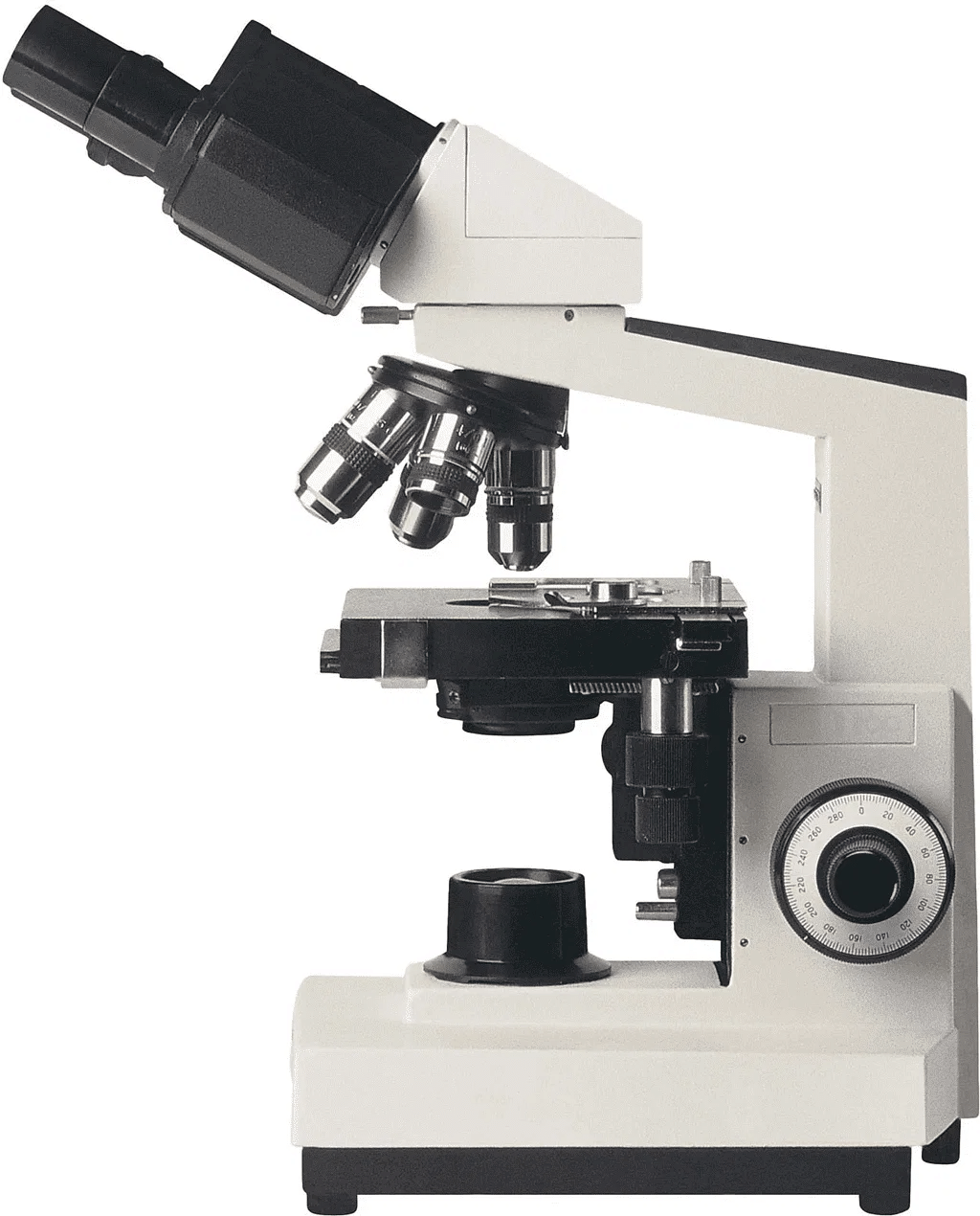
Ans: Microscope
(b) 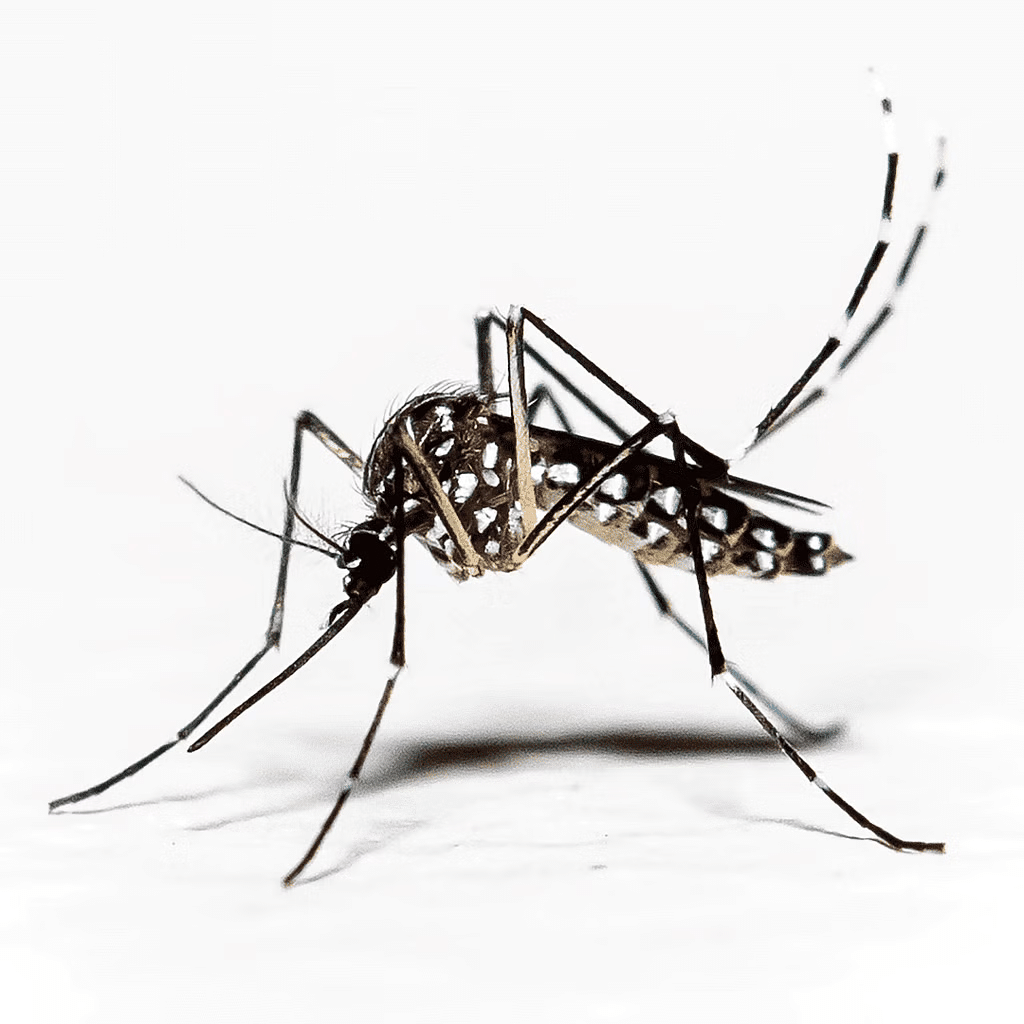
Ans: Mosquito
(c) 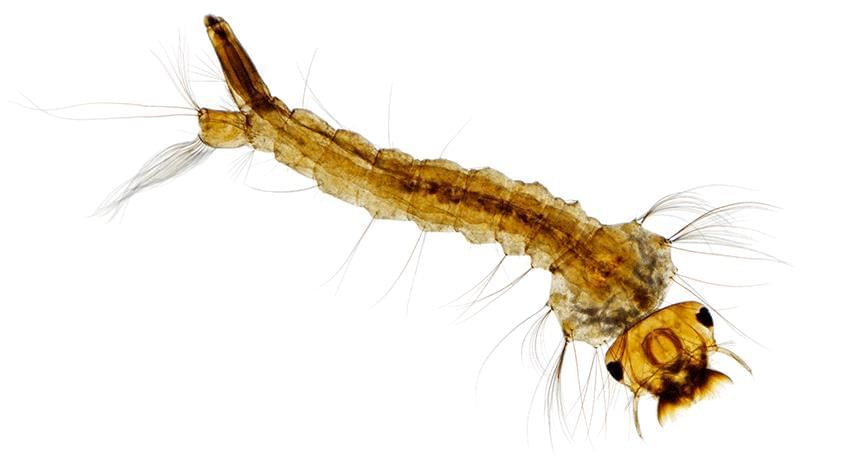
Ans: Larvae (baby mosquito)
(d) 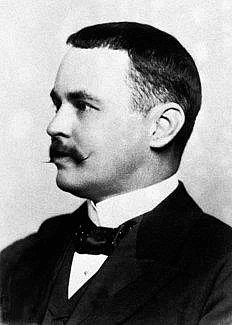
Ans: Ronald Ross
(e) 
Ans: Flies
Q2: Multiple Choice Questions
(i) How did Rajat feel when the needle pricked his finger during the blood test?
(a) Like a mosquito bite
(b) Like an ant bite
(c) Like a bee sting
(d) Like a spider bite
Ans: (b)
Rajat mentioned that when the needle pricked his finger during the blood test, it felt like an ant bite.
(ii) How do we find confirm if someone has malaria?
(a) By observing their symptoms
(b) By conducting a blood test
(c) By checking their temperature
(d) By asking them
Ans: (b)
Rajat found out he had malaria through a blood test.
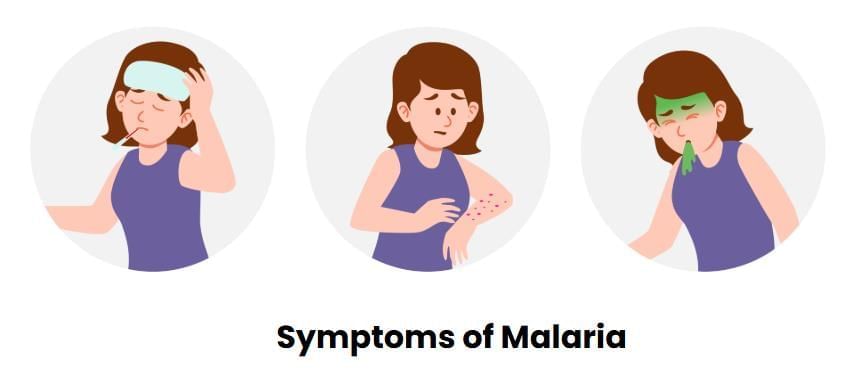
(iii) What is the cause of malaria?
(a) Bacteria
(b) Viruses
(c) Parasites
(d) Fungi
Ans: (c)
Malaria is caused by parasites called Plasmodium, which are transmitted through the bite of infected female Anopheles mosquitoes.
(iv) How can we protect ourselves from mosquitoes?
(a) Use mosquito nets
(b) Keep water pots and coolers clean
(c) Spray kerosene in stagnant water
(d) All of the above
Ans: (d)
To protect ourselves from mosquitoes, we can use mosquito nets, keep water pots and coolers clean, and spray kerosene in stagnant water to prevent breeding.
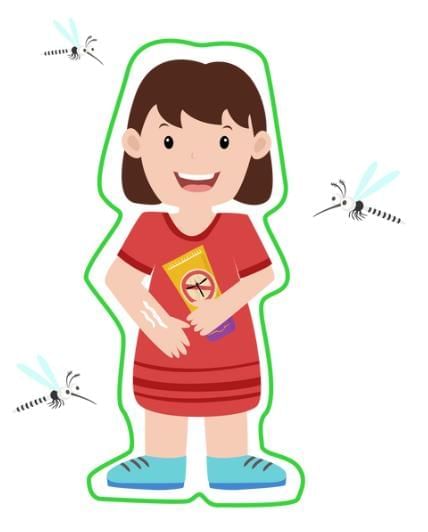
(v) What is the purpose of haemoglobin in the blood?
(a) To fight infections
(b) To carry oxygen
(c) To produce energy
(d) To remove waste products
Ans: (b)
Haemoglobin is a protein in red blood cells that carries oxygen from the lungs to different parts of the body.
Q3: Fill in the blanks.
(i) _____________ found that mosquitoes spread Malaria.
(ii) Microscope is an instrument which _____the image of things a thousand times bigger.
(iii) Ronald Ross got the highest award _____________ for his discovery.
(iv) Jaggery, Amla and green leafy vegetables are rich in _____________.
(v) _____________ increases in our blood if we eat iron-rich food.
Ans:
(i) Ronald Ross
(ii) enlarges
(iii) Nobel prize
(iv) Iron
(v) Haemoglobin
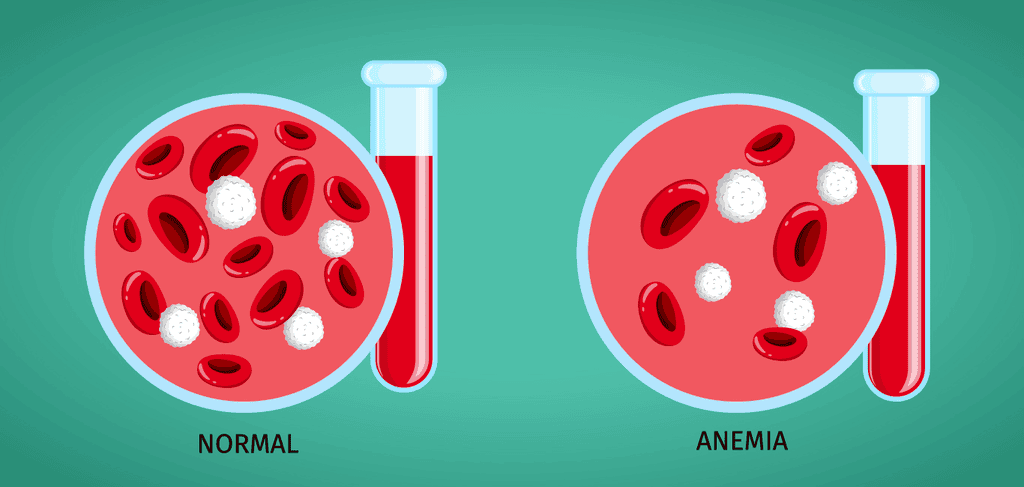 Normal vs Anemetic Blood
Normal vs Anemetic Blood
Q4: True or False.
(I) Anaemia affects both physical and mental health.(ii) Doctor suggested Aarti to eat jaggery, amla and more green leafy vegetables to recover from anaemia.
(iii) Malaria can not be diagnosed with blood test.
(iv) Fever with chills and rigors is a symptom of malaria.
(v) Ronald Ross was awarded Noble prize for discovering dengue mosquito.
Ans: (i) True
(ii) True
(iii) False
(iv) True
(v) False
Q5: Tick (✔) the part which you think the mosquito uses for sucking blood.
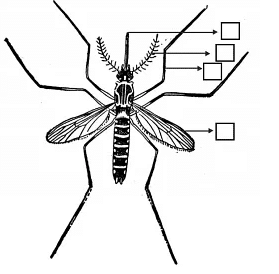
Ans: 
Q6: Answer the following questions.
(i) How does a person get Malaria?
Ans: People get malaria by being bitten by an infective female Anopheles mosquito.
(ii) How does a person know if he is suffering from Malaria?
or
How can you find out if someone has Malaria?
Ans: High fever, shaking chills and sweating.
(iii) What is a Microscope?
Ans: An optical instrument that uses a lens or a combination of lenses to produce magnified images of small objects, especially of objects too small to be seen by the unaided eye.
(iv) What is anaemia?
Ans: Anemia (also spelt anaemia) is a decrease in the total amount of red blood cells (RBCs) or haemoglobin in the blood, or a lowered ability of the blood to carry oxygen.
(v) What are baby mosquitoes called?
Ans: Baby mosquitos are known as Larvae
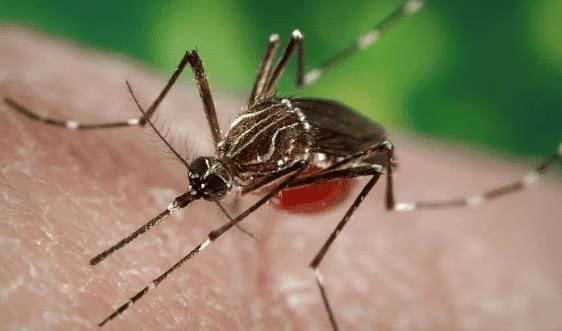
(vi) Where are the larvae of mosquitoes commonly seen?
Ans: Mosquitoes breed in stagnant, standing freshwater oftentimes found around the home.
(vii) For what discovery was Ronald Ross awarded the Nobel Prize?
Ans: He received the Nobel Prize for Physiology or Medicine in 1902 for his work on the transmission of malaria.
(viii) Name two diseases caused due to flies.
Ans: Cholera, Typhoid fever
|
37 videos|410 docs|41 tests
|
FAQs on A Treat for Mosquitoes - 1 Class 5 Worksheet EVS Chapter 8
| 1. What are mosquitoes attracted to? |  |
| 2. How do mosquitoes find their hosts? |  |
| 3. Why do mosquitoes bite humans? |  |
| 4. Can mosquitoes transmit diseases? |  |
| 5. How can we protect ourselves from mosquito bites? |  |

















